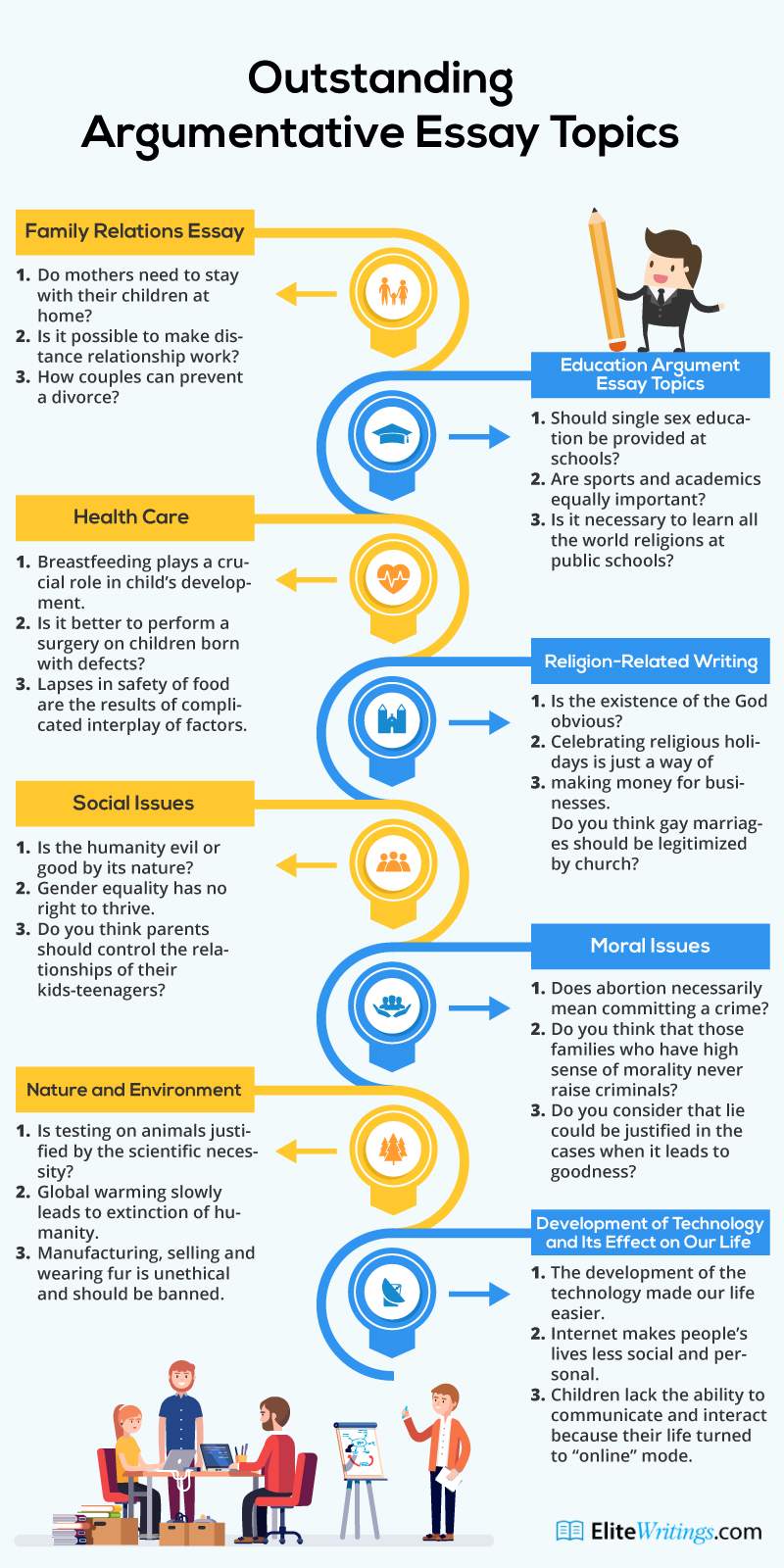Table Of Content
As user feedback is collected, the product is continuously improved to better meet customers’ needs. A design sprint is a 5-day intensive workshop where cross-functional teams aim to develop innovative solutions. On the surface, design thinking frameworks look very different—they use alternative names and have different numbers of steps. This aspect is crucial in understanding the users’ needs, desires, and experiences to ensure that designs resonate on a deeper, more personal level. The team aims to understand the problem, typically through user research. Empathy is crucial to design thinking because it allows designers to set aside your assumptions about the world and gain insight into users and their needs.
Better luck next time!
It's self-paced and offers different exercises to help you sort out what you actually like to do and create tangible goals around that information. A mix of resources and tools to familiarize yourself with design thinking. In 2009, IDEO designed and launched the HCD Toolkit, a first-of-its-kind book that laid out how and why human-centered design can impact the social sector.
Encourages Empathy and Customer Focus
The lean startup approach relies heavily on user analytics and A/B testing. Each approach has its advantages, he said, but starting with design thinking may be easier for younger, smaller firms not yet at the scale to adopt a lean methodology in earnest. When we are trying to do R&D for a new product we design models and test them. Once these prototypes are ready we can test them to find out the best one. Once you have the pain points of the customer you can try to find solutions to these pain points.
The Deep Dive
An elegant and effective solution doesn't exist in isolation, but in connection with the systems that support it, and that it in turn supports. It's this outlook that informs our deep research process and necessitates prioritizing human needs and listening to human voices on the way to design innovation. Design thinking lets designers discover what solutions are most effective early on in a product’s development, reducing mistakes and making for a possibly higher ROI down the line. Without design thinking, a designer may make a product decision based only on quantitative data or perceived user wants, which can make for increased risk of product dissatisfaction upon release.
A family of experiential design thinking workshops by award-winning learning company, ExperiencePoint, that inspire and equip teams with the tools they need to innovate and creatively problem solve. The Double Diamond diagram from the Design Council helps to visualize the divergent and convergent stages of the design thinking process, and highlights the different modes of thinking that designers use. In comparison, the scientific method has stood centuries of rigorous investigation; and modern management practices such as Six Sigma and lean manufacturing have benefited from decades of practice and examination. Design thinking has seen just 15 or so years of widespread adoption. For the most part, it’s still largely a set of heuristics for guiding team-based collaboration. Design thinking can be applied to almost any project to tackle a problem.
Where Design Thinking for Social Change Goes Wrong - Stanford Social Innovation Review
Where Design Thinking for Social Change Goes Wrong.
Posted: Mon, 20 Nov 2023 15:01:33 GMT [source]
Frog make it clear these stages form a non-linear process, and you might have to revisit stages multiple times during a project—particularly the clarification stage. ” It is an attempt to empathize with the needs and desires of current or potential users through in-depth interviews and close observation. In the same vein, the team at Airbnb also decided to test out their idea about the photographs.
Stage 4: Prototype—Start to Create Solutions
These initiatives demonstrate how Design Thinking can be used to tackle complex social issues and drive positive change. Airbnb, the online marketplace for lodging and vacation rentals, is built on principles of Design Thinking. The founders of Airbnb used empathy to understand the needs of both hosts and guests, leading to the creation of a platform that facilitates meaningful connections and personalized experiences.
Perspectives, Practices, and Resources for Design Thinking
With the foundation ready, teams gear up to “think outside the box.” They brainstorm alternative ways to view the problem and identify innovative solutions to the problem statement. Design thinking offers practical methods and tools that major companies like Google, Apple and Airbnb use to drive innovation. From architecture and engineering to technology and services, companies across industries have embraced the methodology to drive innovation and address complex problems. Design teams use design thinking to tackle ill-defined/unknown problems (aka wicked problems).
Stage 1: Empathize—Research Users' Needs
Accounting for each step of the design thinking process can require extensive time, resources and expertise, making it possibly less-than-ideal for fast-paced business environments. Design thinking prioritizes gathering qualitative, often-interview based data in the ‘empathize’ phase of its process, which can take more effort to accomplish than using quantitative insights. Repeating prototyping and testing phases until finding the best solution can also demand more time than only carrying out one testing stage. Design thinking describes creative problem-solving approaches used to innovate user-centric products and services, as well as develop effective solutions in the design process.
We can also follow a customer and see that what processes and touch-points they go through. When we close we follow our customers that can also give us some insights about the customers’ pain points. This is an experimental phase, and the aim is to identify the best possible solution for each of the problems identified during the first three stages.

When we looked back over our shoulder, we discovered that there was a revolutionary movement behind us. You could spend weeks exploring the many versions of the design thinking process which exist in the world today. Their differences and similarities are, in fact, celebrations of variety and non-conformity.
Before we dive into these different frameworks, let’s look at a quick overview of the fundamental principles which form the basis behind all variations of the design thinking process. The iterative, non-linear nature of design thinking means you and your design team can carry these stages out simultaneously, repeat them and even circle back to previous stages at any point in the design thinking process. The design thinking process starts by looking at the needs, dreams and behaviors of people—the end users. The team listens with empathy to understand what people want, not what the organization thinks they want or need. The team then thinks about solutions to satisfy these needs from the end user’s point of view.
To start, here’s a few ways to implement design thinking in product development or beyond. Product models are tested with users to see where the product is addressing problems and where it still might need improvement. Once a working prototype meets an agreed-upon standard, it is released into the wild.
Plus, design thinking’s ability to test multiple decisions before release means designers can invest properly into what their users need, instead of applying quick fixes or guessing on how to make a product succeed. One of the core principles of design thinking is customer-centricity. Framing the question is one of the most important steps of this entire IDEO design thinking process. In this step, the first question that we ask is who is our customer. It is also important to go beyond the traditional rhetoric of segmentation targeting and positioning we need to take a deep dive into the understanding of customers.
At the beginning of the design thinking process, teams should not get too caught up in the technical implementation. If teams begin with technical constraints, they might restrict innovation. Comprised of short videos, this LinkedIn Learning Path is meant for graphic designers and covers the basics of design thinking as well as provides actionable steps to implementing its principles and mastering the process. You'll get a certificate at the end of the course to add to your LinkedIn profile as well. Design thinking is a human-centered approach to innovation that draws from the designer’s toolkit to integrate the needs of people, the possibilities of technology, and the requirements for business success.












